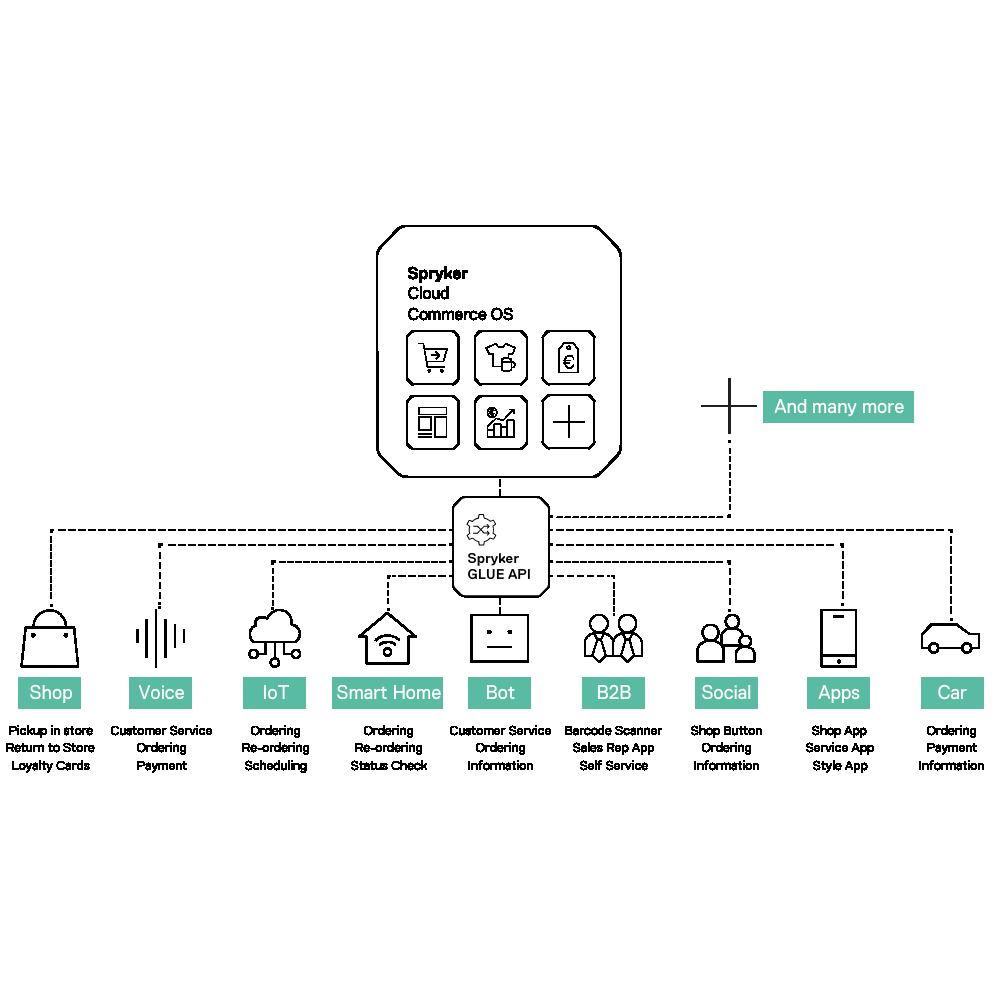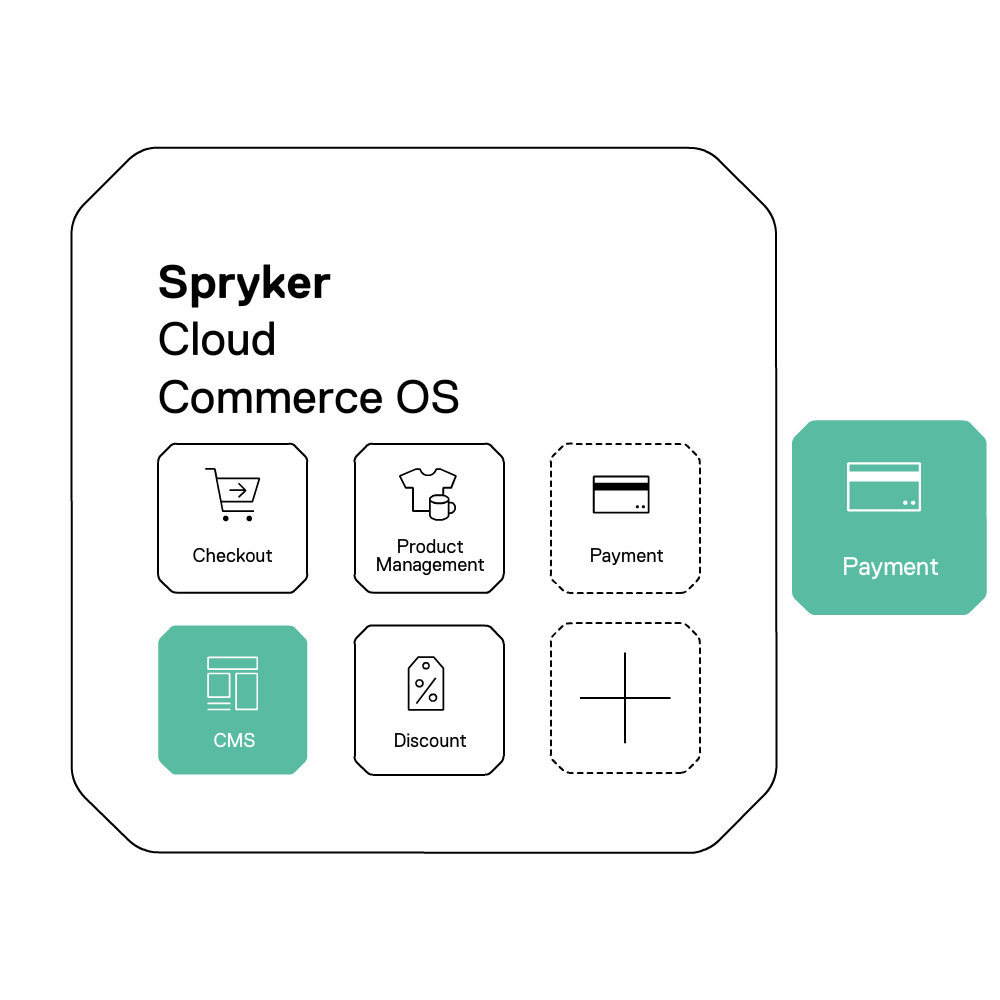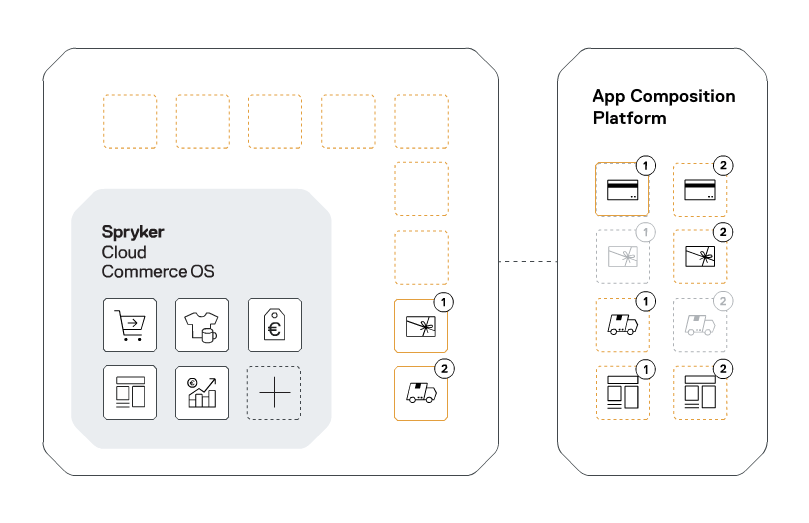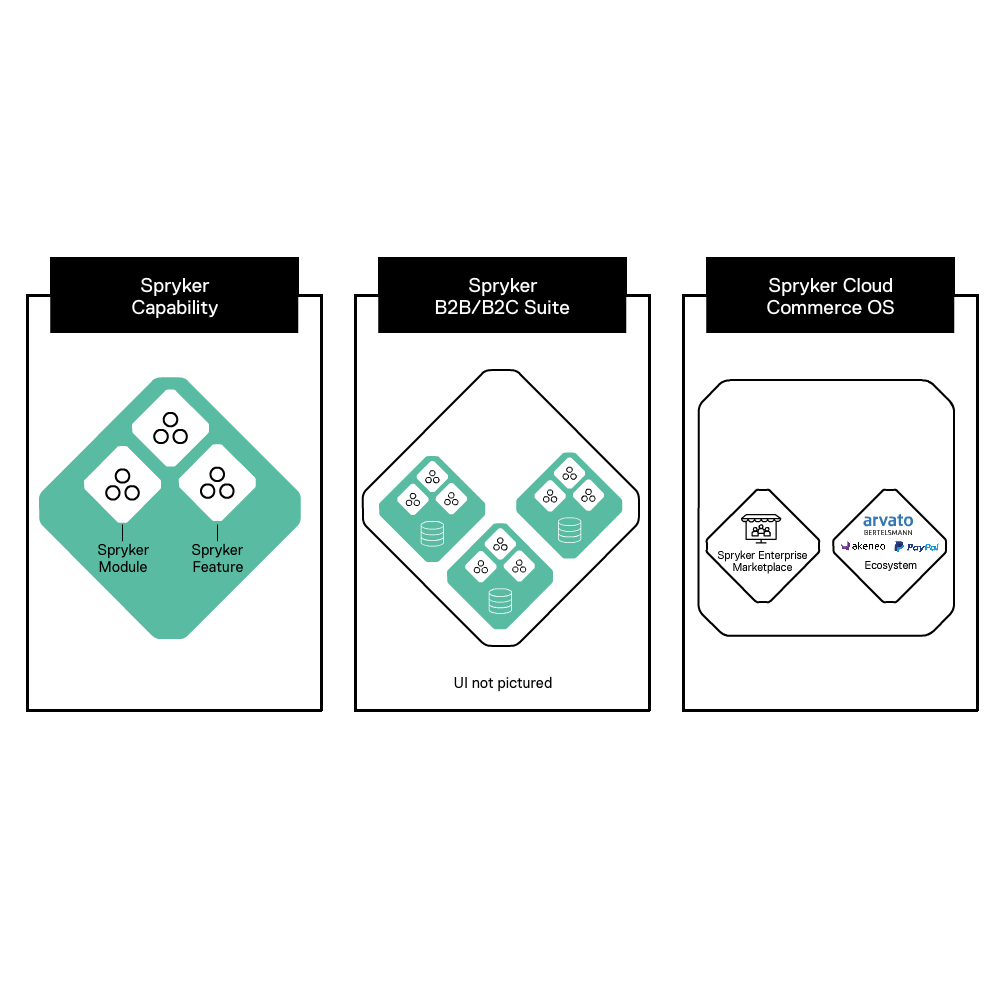We want to become the Amazon for the component trading industry. Customers have been suffering from a lack of transparency for too long. It’s time to remove borders and sell and purchase components through an e-commerce marketplace.

Gartner®️ ranks Spryker as #1 for Composable Commerce Use Case in the 2022 Critical Capabilities for Digital Commerce report
Read the Report













